Motorola Edge 30 Ultra review: First 200 MP camera fails to make its mark
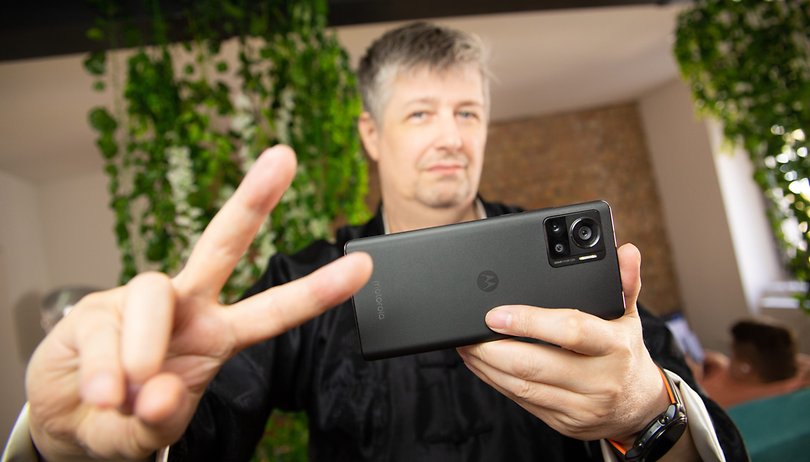

The Motorola Edge 30 Ultra is the first smartphone on the market armed with a 200-megapixel main camera. Thus, the Lenovo subsidiary once again comes under the limelight by taking over the mantle of the most megapixels on a smartphone from Xiaomi, who already lost out with the Snapdragon 8 Gen 1 SoC. However, can the marketing drivel of a monster camera manifest itself by making a strong showing at maximum quality? Our detailed test put it through the paces, and more, so here we are with our review of the Moto flagship for you.
Good
- Convincing 144 Hz POLED display
- Powerful (CPU & battery)
- Convincing overall camera package
- Lightweight operating system
- Rich Dolby Atmos sound
- 3 Android version and 4 years of security updates
Bad
- 200 MP resolution is not everything
- Does not lay flat on its back
- No memory expansion option
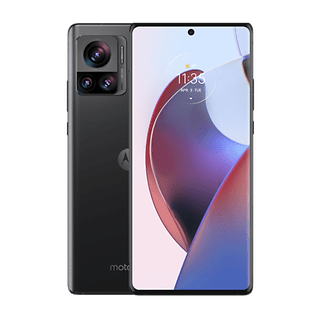
The Motorola Edge 30 Ultra in a nutshell
Motorola's Edge 30 Ultra does not only want to impress with its 200-megapixel main camera, it does seem to want to do so much more! The renamed Moto X30 Pro is more than convincing in many departments, ranging from the battery life to its looks, sound, and performance. And yes, this Moto handset is basically a good investment in terms of the camera, but you can read why I am hesitant about its main selling point—the camera.
The positive aspects of this handset is countered by the company's poor reputation of its update policy, which Motorola managed to handle rather satisfactorily by providing three Android version and four years of Google security updates when approached by the NextPit editorial team. However, spending close to $900 should not be taken lightly. In view of the competitors that have long since cracked the $1,000 mark in the premium smartphone sector, the price is still comparatively pleasant. I can do nothing else but recommend Motorola's flagship.
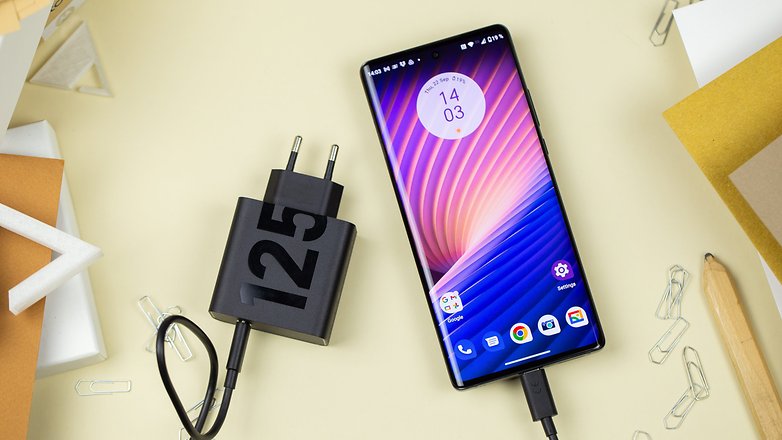
The Motorola Edge 30 Ultra is only available in one configuration: 12 GB of RAM and 256 GB of flash memory. In terms of colors, the former Google subsidiary offers you Starlight White and Interstellar Black.
It is already available in Europe, where those who decide to buy the Edge 30 Ultra by November 15, 2022, will receive the wireless 3-in-1 Bluetooth speaker ROKR 500 that is worth close to $60 for free, at least in selected parts of Europe (only one per IMEI and while stocks last).
Motorola Edge 30 Ultra design and build quality
Before you hear it from someone else, I'll tell you right away: The Motorola Edge 30 Ultra has an Endless Edge display. In other words, there are full curves on both the right and left front. Those who are familiar with the Huawei Nova 10 Pro will already know that I like this, but only when the lateral touches do not trigger unwanted actions or interfere with the user interface. Thankfully, this does not happen on the Moto.
What I liked:
- Unobtrusive design.
- Matte and fingerprint-resistant back panel.
- Solid build quality.
What I disliked:
- Too sharp at the sides and therefore does not lie flat.
- Buttons could be better positioned.
- Only IP52 certification.
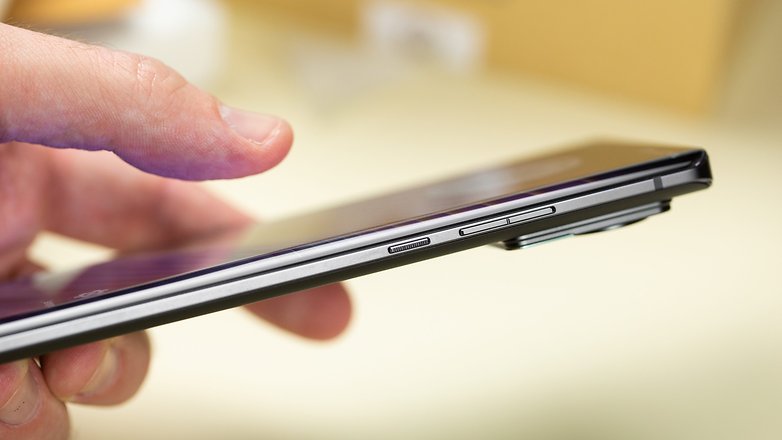
Our IP52 certified review unit measures 161.76 x 73.5 x 8.39 millimeters and tips the scales at 199 grams according to the last measurement, arrived in the matte Interstellar Black color. This gives it the superpower of being immune to fingerprints. The Lenovo subsidiary offered us the alternative color of Starlight White, but we turned it down.
I do not like the Edge 30 Pro's haptics since it is quite pointed on the right and left sides, and the feel of it is simply unpleasant. However, it does not matter if you place the smartphone in a case anyway. The buttons could also be positioned more centrally on the right side. The index finger can easily reach the grooved power and standby buttons in the left hand, but not the volume button above it.
The back, on the other hand, is appealing with its rectangular camera array on the upper left. The 200-megapixel main camera has once again been emphasized in size and depth without being too dominant.
The Android smartphone is flat on both the top and bottom. A 3.5mm audio jack is missing, as well as the IR blaster that is common for Xiaomi. In return, the two stereo speakers with Dolby Atmos support deliver a very balanced sound that is more than sufficient even at maximum volume.
Motorola Edge 30 Ultra display
Motorola installed a 6.67-inch pOLED edge display with a resolution of 2400 x 1080 pixels (FHD+) at 394 ppi pixel resolution in the Edge 30 Ultra. The display-to-case ratio is 92.12 percent. It offers a good contrast, rich colors, making it legible from all positions. This also applies to media consumption under direct sunlight, although I have experienced better. The maximum refresh rate stands at 144 hertz, which is currently still not the norm unless it is a gaming smartphone.
What I liked:
- Curved display.
- 144 hertz refresh rate.
- Crisp colors, rich black.
- Optimal for gaming.
What I disliked:
- Maximum brightness is too low.
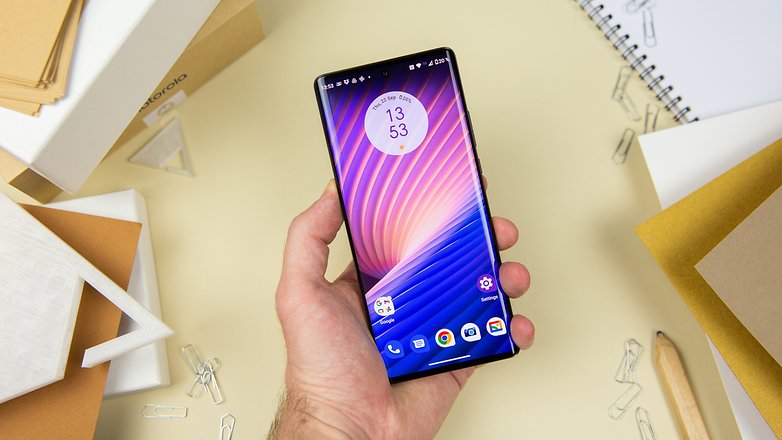
Personally, I would also consider the maximum refresh rate to be useful only for this range. Therefore, my recommendation is to leave the setting to "Auto" for the artificial intelligence to manage. When gaming, there is a side game menu, which was unfortunately not included in our screenshots.
Here, the maximum number of displayed images can be increased to a maximum, which makes sense. The maximum touch sampling rate also becomes a question that gamers would ask. This stands at 360 hertz in our case, where Motorola specified a maximum brightness in peak under direct sunlight of 1,250 nits. Our measurement device showed a maximum of 707 nits without sunlight.
There is no typical Always-on Display on the Motorola Edge 30 Ultra. However, the Moto user interface offers a clock that showcases notifications on the lock screen whenever you move or lift the smartphone. Although app icons can be placed here, the clock widget is not replaceable. When incoming calls or notifications are received, the turned-off display glows softly on the side, effectively serving as a notification LED sidelight. The feature can be adjusted in terms of color and time.
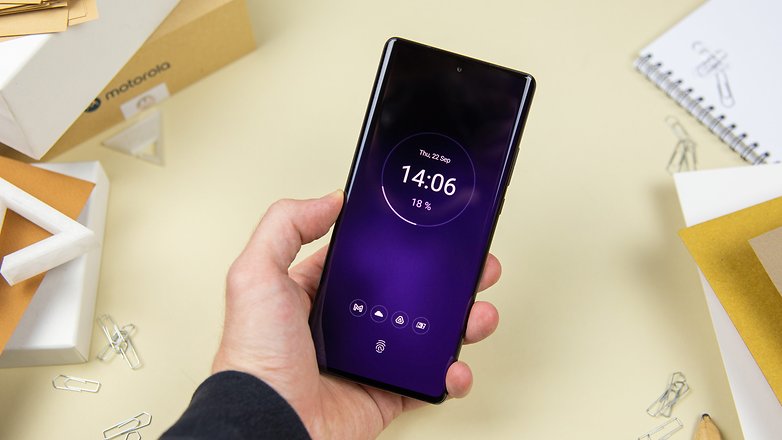
Motorola Edge 30 Ultra software
The Motorola Edge 30 Ultra comes with Android 12. The update policy is not yet at where we want it, but it is quite satisfactory. According to the Lenovo subsidiary, the Edge 30 Ultra will also receive an update to Android 15 in the distant future. Google's security patch is guaranteed for 4 years. Our review unit had the patch from August 1 at the time of the test (end of September). Not record-breaking, but acceptable.
What I liked:
- 3 major Android updates.
- 4 years of security updates.
- No bloatware.
- Material You design.
What I disliked:
- -
Motorola did not install any bloatware on its flagship, much to everyone's delight. In fact, it only installed Google's applications and lets you fill in the rest of the blanks. In general, the in-house Moto My UX (user experience) is very reminiscent of Google's new "Material You" design. I personally like it a lot.
Motorola gives us a few tips here and there until the last secrets of the in-house user interface are revealed. A prominent example is "Ready For", which not only displays the screen content on a large TV wirelessly, but also on your PC monitor if desired. A Bluetooth keyboard and mouse are connected to your Motorola Edge 30 Ultra in an instant turns into a full-fledged computer with Android applications.
The Edge 30 Ultra also has an additional menu that can be displayed on the side for individual gaming settings. All sorts of useful things can be turned on, off, and on again. The so-called "ThinkShield for Mobile" was completely unknown to me until now. According to Motorola, this is a hardware and software security feature that protects the user of the Motorola smartphone from malware, phishing, and other threats. I say: This is definitely nice to have!

Motorola Edge 30 Ultra performance
The eight cores of the Snapdragon 8+ Gen 1 certainly has it covered in the Motorola Edge 30 Ultra. This is considered the best of what the Californian chip manufacturer Qualcomm has to offer. And while customers elsewhere are spoiled for choice with either 8 GB or 12 GB of RAM and 128 GB, 256 GB, or 512 GB of storage space, they exclusively opted for the golden mean here. 12 GB of LPDDR5 RAM and 256 GB of internal UFS 3.1 program memory should satisfy all needs. Motorola does not provide for an optional memory expansion.
What I liked:
- Very high-performance handset.
- Lower heat development than the predecessor.
What I disliked:
- Thermal throttling kicks in too early.
- No option for memory expansion.
In our standard benchmark, 3D Mark's WildLife, the Snapdragon 8+ Gen 1 was no match for the Asus Zenfone 9 in the test previously. In contrast, it managed a rather respectable score of 8,108 points in our review unit this time around, making it the leader in the Android segment. There were also no problems having such a high-performance level in daily use - and that obviously includes gaming performance-hungry games like Real Racing 3 or Genshin Impact.
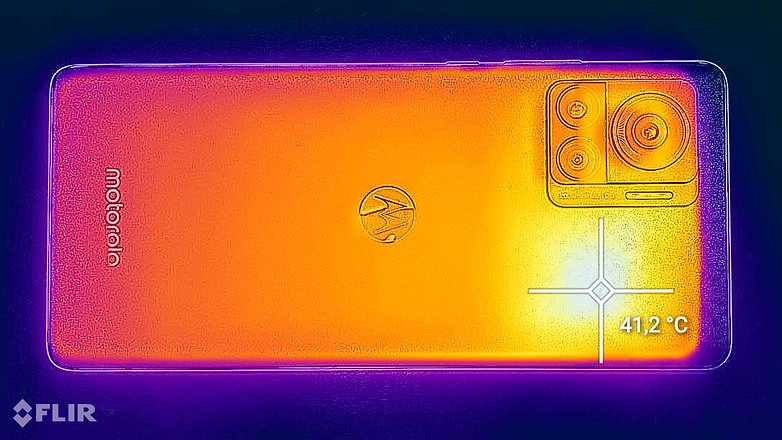
During our forced CPU stress test, the temperature measured using a FLIR camera recorded 40.2 degrees which is pretty acceptable so far. The successor to the Snapdragon 8 Gen 1 had already proven several times that the processor is much better tuned in terms of handling heating issues. Nevertheless, we were surprised that the four performance cores were throttled from 3.18 GHz to 2.13 GHz after just under a minute of load. Of course, the question is whether such a high-end SoC (system on a chip) is absolutely necessary.
| Motorola Edge 30 Ultra | Asus Zenfone 9 | Samsung Galaxy S22 Ultra | Samsung Galaxy Z Fold 3 | Huawei Mate XS 2 | |
|---|---|---|---|---|---|
| 3D Mark Wild Life | 8,108 | Too powerful | 5,682 | 5,683 | 5,793 |
| 3D Mark Wild Life Stress Test | Best loop: 10,250 Worst Loop: 6,101 |
Best Loop: 10,524 Worst Loop: 5,617 |
Best Loop: 5,741 Worst loop: 3,351 |
Best loop: ,5579 Worst Loop: 3,435 |
Best Loop: 5,782 Worst Loop: 3,267 |
| Geekbench 5 | Single: 1,325 Multiple: 4,310 |
Simple: 1,263 Multiple: 3,899 |
Single: 1,155 Multiple: 3,356 |
Single: 1,095 Multiple: 3,239 |
Single: 840 Multiple: 2,759 |
Camera banger with 200 MP
The 200-megapixel triple main camera of the Motorola Edge 30 Ultra is a phenomenon in itself. There is a variety of reasons for us saying so. First, there is the feeling that this Lenovo subsidiary is the first smartphone manufacturer worldwide to send such a camera with such a high resolution into mass production. But anyone who actually wants to create great photos at 200-megapixels resolution has to overcome several hurdles along the way.
What I liked:
- 200-MP photos are possible.
- All 4 cameras are capable of creating high-quality photos.
- Up to 8K (30 fps) and 4K HDR10+ video capture.
- Great photo and video features.
What I disliked:
- 200MP shots take too long.
- Complicated menu layout.
- Portrait AI in selfie mode is not smart enough.
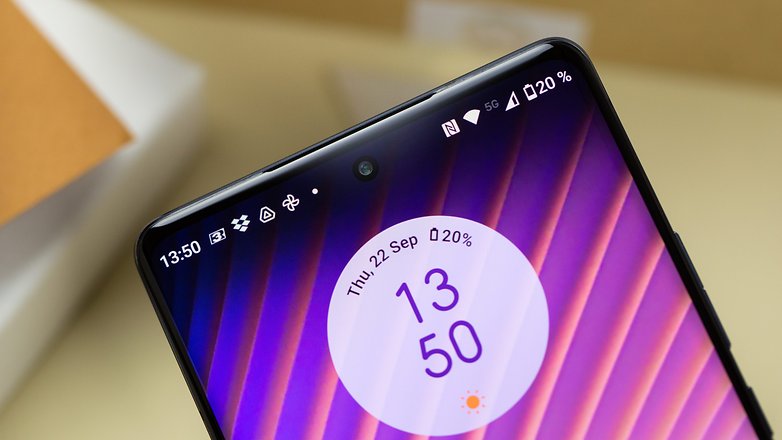
Let's begin with the cold, hard facts first: In front, Motorola installed a 60-megapixel punch-hole camera with quad-pixel technology at the top, right in the middle. Pixel binning transforms a pixel size of 0.61 microns into 1.22 microns per pixel very quickly, which leads to better low-light shots at the end of the day. The aperture stands at f/2.2, with an additional portrait mode for a depth of field being not recommended since the AI cannot clearly distinguish between subject and background (see test shot below).
The back shows the first industrially manufactured 200-megapixel main camera arranged into a pyramid, which is realized by a 1/1.22 inch ISOCELL S5KHP1SP image sensor from Samsung. Visually, it is placed right at the top and staged with a large bezel. The so-called Ultra Pixel technology is used here with a maximum aperture of f/1.9. It turns an original pixel size of 0.64 into a proud 2.56 micrometers (12.5 MP).
Thankfully, it also has optical image stabilization, which it also sorely needs. Not only is the mode carefully tucked away under layers of menus, but photo taking also takes a disproportionately long time. Far longer than a night shot, in fact. This means that if you want to take pictures at 200-megapixels resolution, you should carry a tripod with you.
A 50-megapixel ultra-wide-angle camera is installed below on the half-right segment. It also serves as a macro camera at a distance of 3 centimeters. It is also equipped with the identical pixel size and quad-pixel technology as the front camera. Its field of view stands at 114 degrees and offers an aperture of f/2.2. We assume that it is the 1/2.76 inch Samsung ISOCELL JN1 image sensor here, since the data we ascertained comes closest to it. Motorola could not provide us with detailed information at this point.
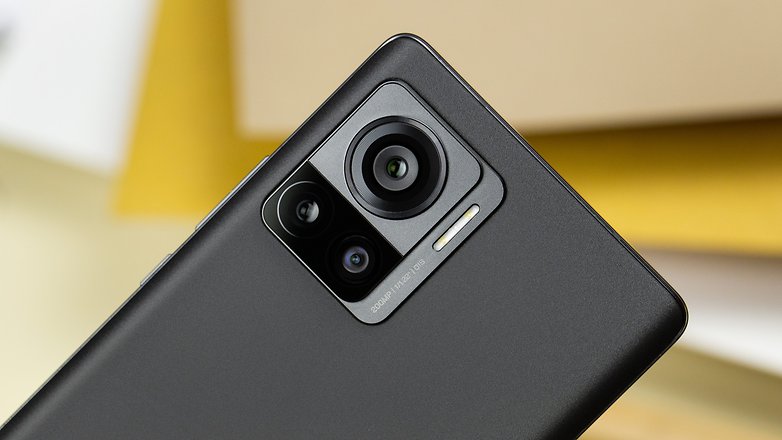
The trio is rounded up by a 12-megapixel portrait camera, positioned in the array at the bottom left. With an aperture of f/1.6, the size of the pixels stand at 1.22 micrometers. Once again, we can only make assumptions when it comes to the image sensor. According to these specifications, a 1/2.8 inch Omnivision OV12A10 would fit the bill perfectly.
It also has a somewhat strange feature because, despite depth calculation, the camera has a telephoto lens with 2x magnification. This is surprising, since a 200-megapixel camera is installed at the top. Even a 4x magnification would still produce photos at 50 megapixels. The HP1 sensor is also much more modern and thus already provides better algorithms. Wouldn't that make much more sense, Motorola?
Allow me to say a few words about the usability and the shots of the main camera. The camera app looks very tidy. However, after having reviewed quite a few smartphones in my life, the corresponding menu navigation does confuse me a bit. I have already mentioned the search for the 200 MP mode was a long journey. However, you only find the front-facing camera in the typical camera settings. It took me a while to come up with the idea of simply swiping from top to bottom in the camera viewfinder. Et voilà! I then discovered the additional settings for the main camera are stashed there.
The photos taken without magnification and in good daylight are certainly inspiring. With the 200-megapixel resolution, far better results are really achieved if it weren't for the long "exposure times". After the snapshot, the user is asked to hold the smartphone still. It does not tell you how long you need to hold still though.
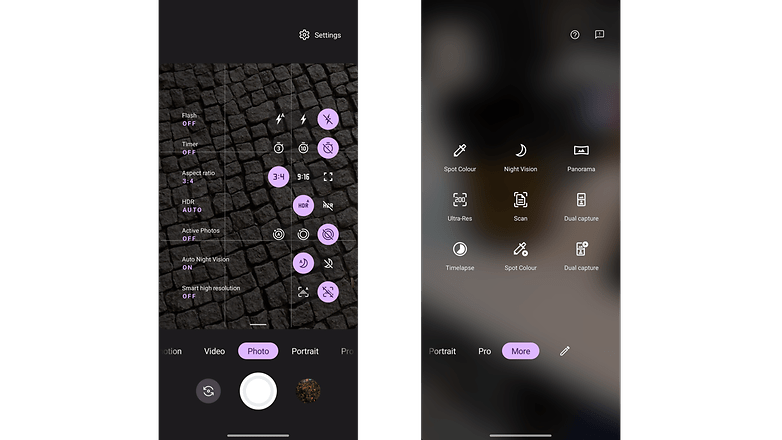
The ultra wide-angle photos are also pleasing. Despite sporting a different sensor, the results offer identical color dynamics and high detail. I'm also pleased with the results of close-up shots, but the zoom shots fail to achieve an otherwise good rating. These are not worthy at all for use, even at the lowest setting. Artifacts and washed-out pixels rob the Motorola Edge 30 of precious memory.
In the end, there are still the night shots, as well as the additional filters/effects to play around with. I picked out the "Color Spot" for you for the sample photos. Some of you may know it from Robert Rodriguez's blockbuster "Sin City". It is nothing special, but still cool. The same is basically true for the night shots. The night mode, also found in the menu, already makes a considerable difference. Of course, there is also a Pro mode, which gives you all the freedom, up to RAW shots, to edit them individually on the PC later.
Motorola Edge 30 Ultra battery
Motorola installed a non-removable 4,610 mAh battery in the Edge 30 Pro. That alone is impressive, to say the least, but that's not all: Despite the "eco-friendly packaging", a 125-watt power supply is included. This catapults the completely drained battery from 0 to 100 percent in just under 30 minutes. Bam! And now over to you, Apple!
What I liked:
- 4,600 mAh battery
- 125-watt power adapter is included for free
- Wireless charging at 50 watts
What I disliked:
- -
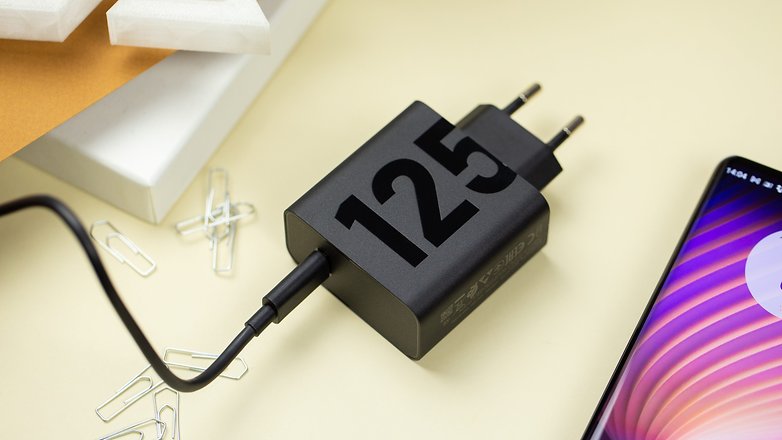
The current fast charging technology is impressive. Taking no more than five minutes and the Edge 30 Ultra has already charged to 20 percent of the total battery capacity. After 20 minutes of charging, there is already 77 percent of juice. Thus, even a power-hungry smartphone would basically not be a problem.
However, despite the 144 hertz refresh rate and having the fastest processor currently, Motorola's flagship is not an Android smartphone with poor battery life. Achieving two days of use on average is no problem. This was also confirmed by the battery benchmark PC Mark with a measured runtime of 12 hours and 59 minutes. Great move Motorola, you have earned another star in NextPit's rating.
Motorola Edge 30 Ultra technical specifications
| Technical data | |
|---|---|
| Device | |
| Image |  |
| Screen | 6.67-inch POLED, resolution 2,400 x 1,080 pixels (FHD+), 144 hertz refresh rate |
| Dimensions | 161.76 x 73.5 x 8.39 mm (H x W x D) |
| Weight | 199 g (incl. battery) |
| SoC | Qualcomm Snapdragon 8+ Gen1 |
| Memory (varies depending on region) |
8/12 GB LPDDR5 RAM 128, 256, 512 GB UFS 3.1 ROM |
| Software | Android 12 | Moto My UX |
| Expandable memory | None |
| Main camera | 200 MP | f1.9 aperture | 1/1.22 inch optical format | 0.64 µm pixel size | OIS |
| Ultra wide-angle camera | 50 MP | f/2.2 aperture | 114° viewing angle | Macro |
| Depth Camera | 12 MP | f/1.6 aperture | 1.22 µm pixel size | 2x telephoto zoom |
| Selfie | 60 MP | f/2.2 | 1/2.8 Optical Format | 0.61 µm Pixel Size |
| Video | 4K at 30/60 fps | 8K at 24 fps |
| Audio | Stereo speaker | Dolby Atmos |
| Battery | 4,610 mAh |
| Charging via cable | Max. 125 W |
| Wireless charging (Qi) | Max. 50 W / 10 W (wireless power-sharing) |
| UWB | No |
Final verdict
Do you want to know my final verdict? I don't think I've ever found it so difficult in my 11-year career as an editor. It is a real dichotomy here. The Motorola Edge 30 Ultra is, on the whole, a very high-quality Android smartphone that leaves little to no room for criticism. It is powered by the latest and fastest Qualcomm processor.
Armed with 12 GB RAM and 256 GB of storage, there is no reason to complain in this department, either. The curved display is a matter of taste and I like it. There are no two opinions when it comes to resolution, maximum brightness, and a 144 refresh rate.
The battery runtime and charging time, software and update policy are also right on par with the best. So, where else can I complain? Even with the price of just $900 thereabouts makes it completely acceptable in view of the competition.
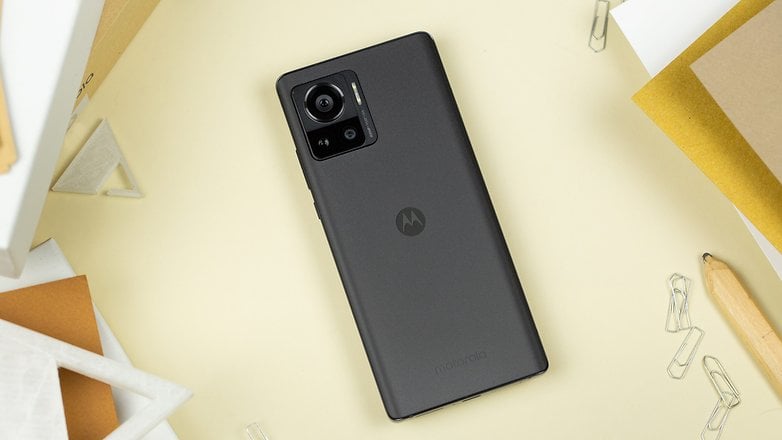
Actually, only the triple camera with its 200-megapixel camera at the back remains. Basically, it takes very good photos. It just takes a while until the photo is saved in its memory for all time. Thus, the usability is not that good.
This would probably negate the killer feature. However, this does not affect the overall rating, since all 50-megapixel photos look great apart from the zoomed in shots. Thus, an entire star is deducted from my rating in the end because of this faux pas.
However, I still give it an almost unqualified purchase recommendation.
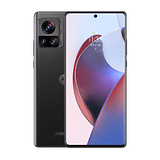
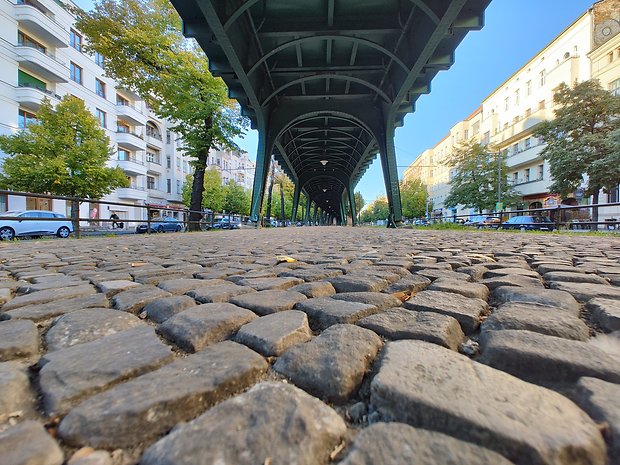






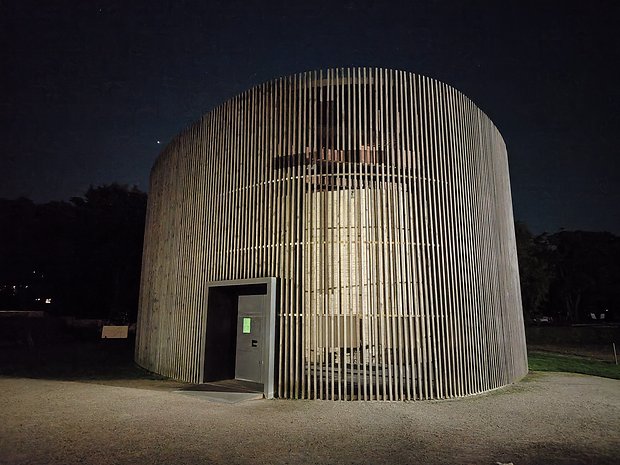

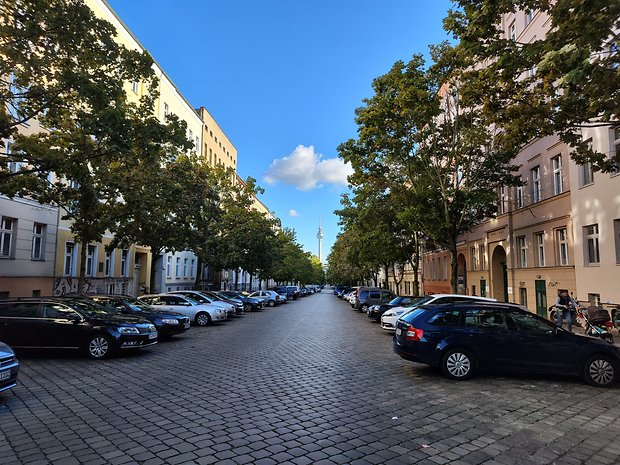


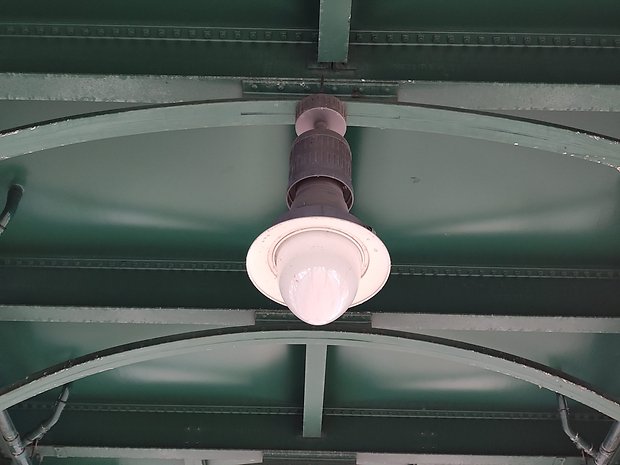

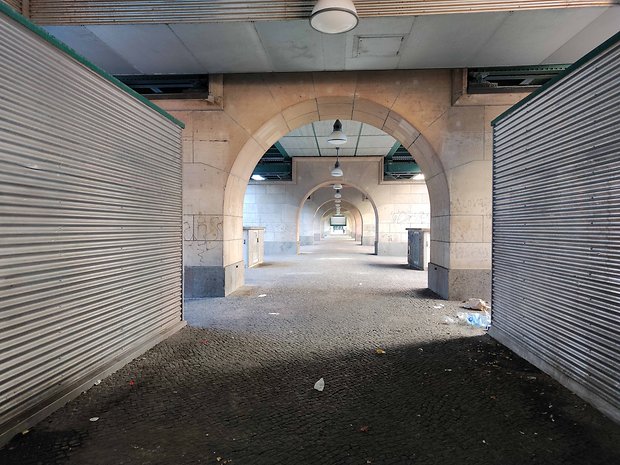


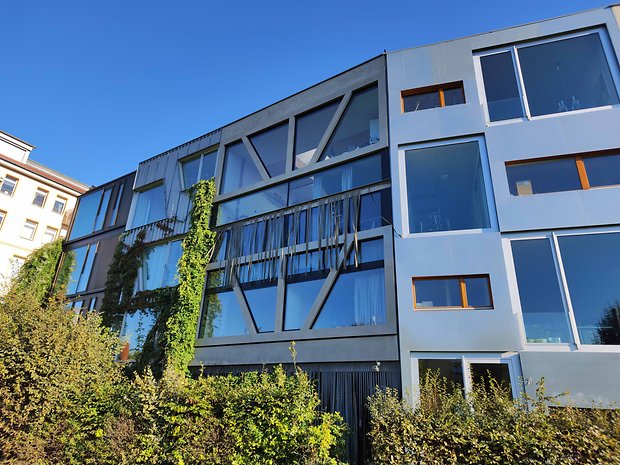
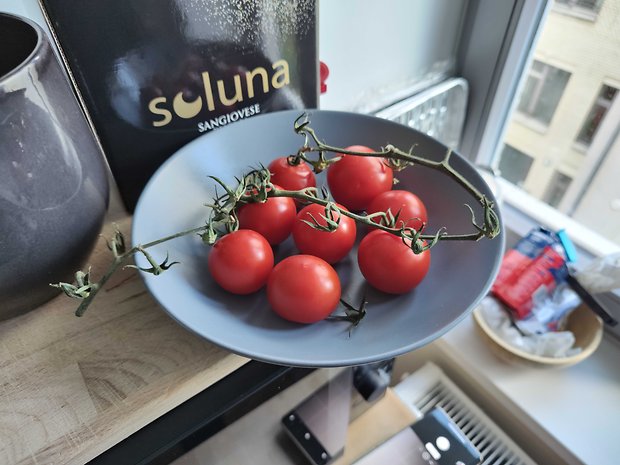


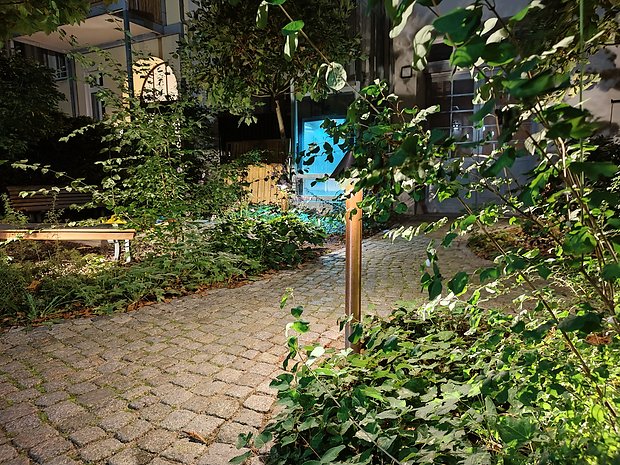




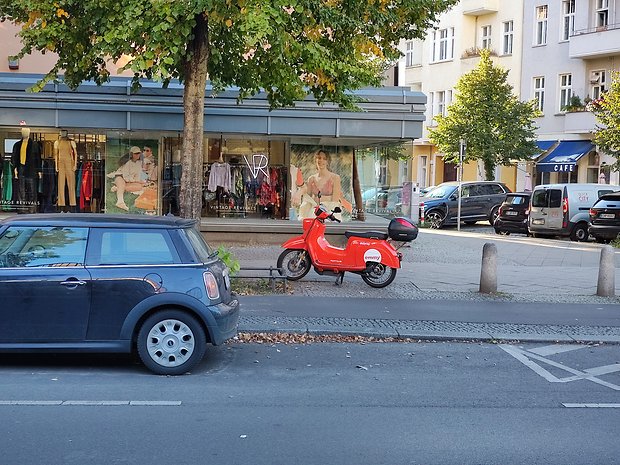












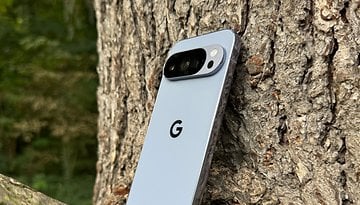
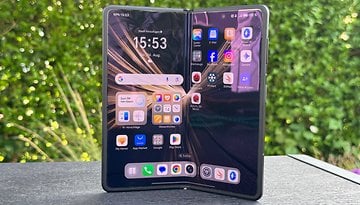
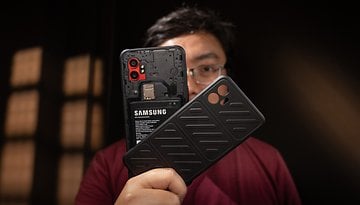










I feel your pain -this phone is soooo close to perfect and well priced - but its actually hurt by the fact its sold on the 200 MP camera - as its actually not the best thing about the phone :-(